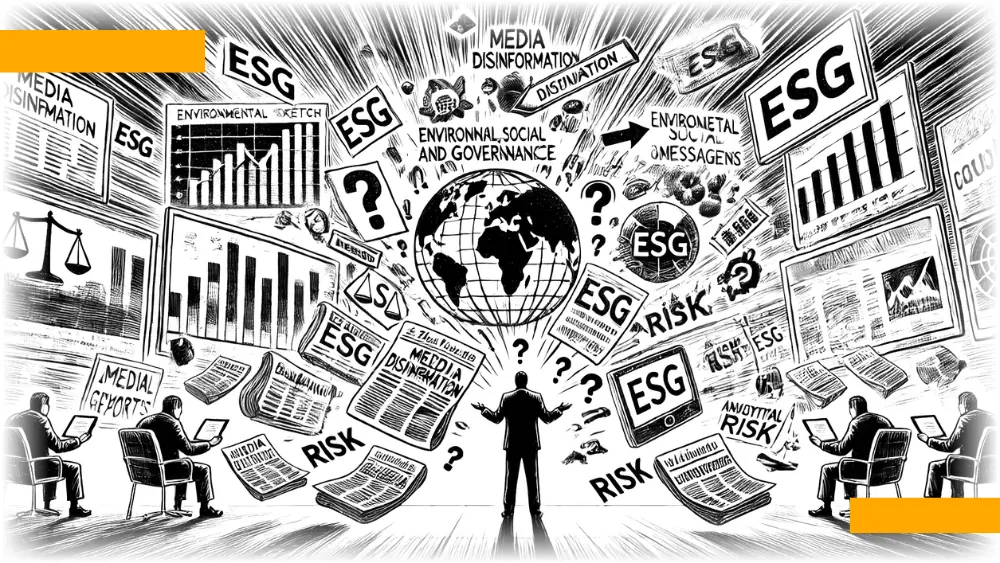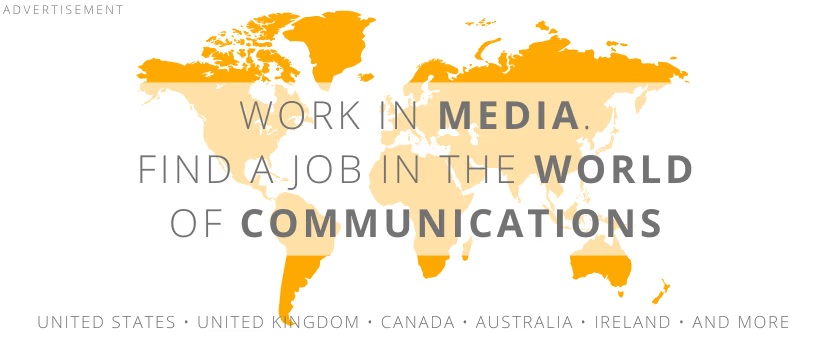 illustration: DALL-E
illustration: DALL-EThat`s not fringe talk. It`s mainstream. Poland ranks 11th globally for greenwashing mentions in major online news sources.
Critics allege that as many as 42% of ESG-related claims are misleading. They accuse firms of selective transparency - flaunting eco-friendly highlights while burying environmental shortcomings. It`s a trust issue. When nearly 90% of surveyed business representatives admit they lack proper ESG knowledge, opponents weaponize this to discredit entire reporting efforts.
As Sebastian Bykowski, IMM’s Vice President warns, disinformation undermines all companies - even those genuinely trying to improve. The chaos is fueled by social media algorithms and generative AI, which amplify controversy and allow fake content to spread at warp speed.
From compliance to confusion - ESG’s growing pains
Despite ESG being enshrined in EU’s Omnibus Directive - binding on firms with over 1,000 employees and €50M+ in revenue or €25M in assets - 45% of companies still don’t know if it applies to them. Meanwhile, media attention is exploding: from 14,600 ESG-related mentions in Q1 2024 to 23,100 in Q1 2025. That’s a 58% leap.
There were 70 ESG-themed events in the last quarter alone, 90% of them free. Yet this informational boom has not translated into widespread understanding. Instead, it created a perfect storm for disinformation to thrive.
The ESG and the ideological skirmish
ESG has become a political football. Both the far left and right now weaponize it for ideological gain. Add to that a media environment dominated by clickbait and vague headlines, and what you get is confusion instead of clarity - skepticism instead of progress.
According to the 19th edition of the "Global Risks Perception Survey", fake news is now considered among the leading threats to global stability. For ESG-driven firms, the consequences are real: lost trust, legal exposure, reputational crises, talent drain, falling brand value - and potentially, existential danger.
IMM’s report "Disinformation about ESG in the media. Facts and myths" was unveiled at the Grand ESG conference by Fundacja Grand Press on May 9, 2025. Download the full report here.
How the media talk (or stay silent) about climate
The report "Climate Change and News Audiences 2024", published earlier this year by Reuters Institute, shows that audience engagement with climate topics has remained almost unchanged for several years.
Climate misinformation remains a significant issue. Interestingly, misinformation sources vary widely, with politicians and celebrities among the most frequently indicated.
| Source of Misinformation | Percentage of Respondents |
|---|---|
| Politicians and political parties | 12% |
| Governments | 11% |
| Celebrities | 10% |
| Climate activists | 10% |
| Scientists | 8% |
| International institutions | 8% |
| Energy companies | 8% |
| Friends and family | 7% |
| Charitable organizations | 6% |
| Religious leaders | 6% |
The problem is not only the emergence of false content but also its dissemination by public figures and influential groups. The high number of mentions of politicians and celebrities as misinformation sources shows that major media players are not always responsible for misleading the public.
COMMERCIAL BREAK
New articles in section Media industry
Journalism in the age of AI. Why people prefer humans over machines
Krzysztof Fiedorek
Only 12% of people accept news created solely by AI, while 62% prefer those written by humans. At the same time, only 19% notice labels indicating the use of artificial intelligence, while younger audiences ask AI to explain the content to them. These are the findings of the Reuters Institute report on artificial intelligence in media.
Why do we believe fakes? Science reveals the psychology of virals
KFi
Why do emotions grab more attention than evidence, and why can a fake authority overshadow scientific data? Researchers from Warsaw University of Technology, Jagiellonian University, and SWPS University in Poland sought the answers. Here are their findings.
Investigative journalism in Europe. Newsrooms face pressure
KFi, Newseria
Media and political representatives point to the difficult situation of investigative journalism in Europe. Newsrooms are reluctant to invest in this segment due to high costs and the large amount of time and effort required. Most of all, however, they fear legal proceedings.
See articles on a similar topic:
Decline in Trust in Media. Analysis of the Reuters Digital News Report 2024
Krzysztof Fiedorek
The “Digital News Report 2024” by the Reuters Institute for the Study of Journalism highlights alarming trends concerning the declining interest in news and decreasing trust in media. These changes are not temporary but have become a long-term trend.
The Deadliest Year for Journalism. 124 Fatalities in 2024
Krzysztof Fiedorek
The year 2024 was the deadliest for media professionals since the Committee to Protect Journalists began tracking these statistics. The tragic figures, published in CPJs latest special report, reached record highs in most monitored categories.
Media in the Balkans and Turkey
Michał Kuźmiński
The Balkans have long been referred to as a “melting pot,” and for good reason. This region is highly diverse and quite unstable. Consequently, the media landscape here is varied as well. In some places, such as democratic Greece, a member of the European Union, the media market is stable and easy to navigate.
Streaming Services. Rapid Growth of Subscribers in Poland
RINF
Compared to 2020, 20% more Poles declared having a subscription to video streaming services in 2021, according to the *Digital Consumer Trends 2021* report published by Deloitte.





























